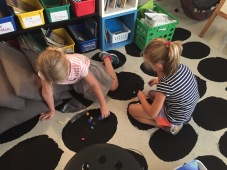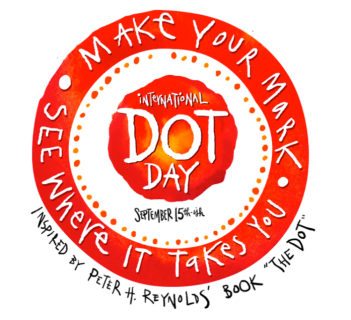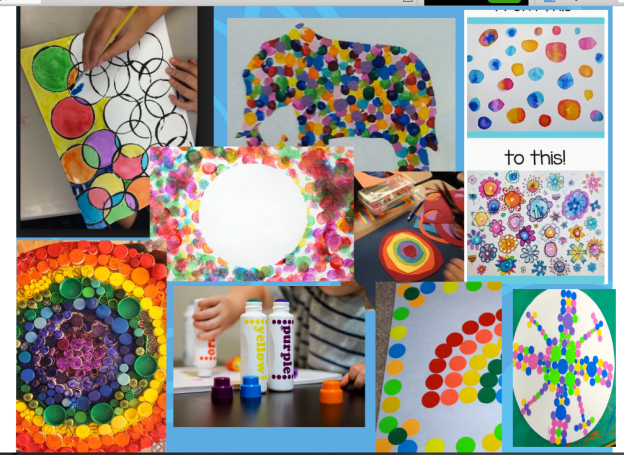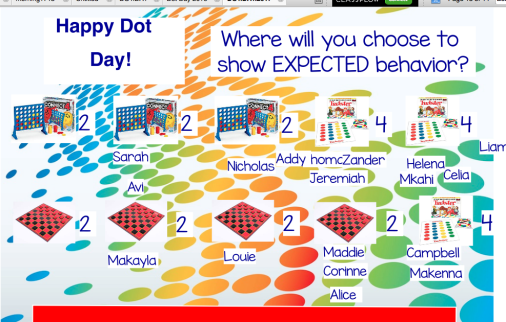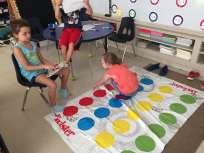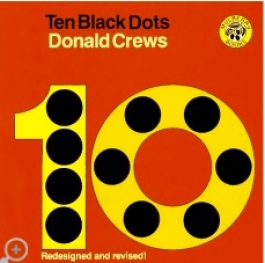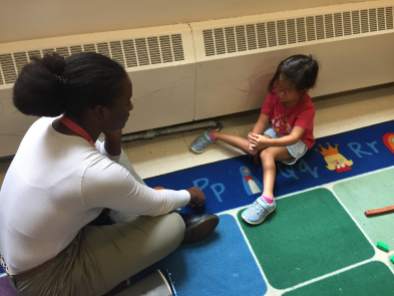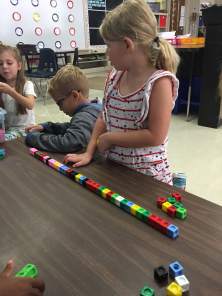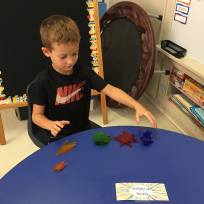I have shared about how we started building our Kindness Quilt and then an update on how it’s growing!
Here’s another SUPER idea that grew out of it, based on a conversation we had in math a week or so ago. 🙂
Kids had been asking questions about how big the quilt might be, or how many squares we have gotten so far from other classes, and also just “What will it look like?”, so I pulled up this picture for them to reference.

Then I asked them to think of two things (based on the protocol you might do with a 3 Act Lesson): What do you notice? What do you wonder?
These were their answers:

Now…the whole point of the wonderings was to give them some tasks to complete, right? So we then went back through that list of questions and tried to decide which were ones we could actually use math to figure out. We noted connections, as well as marking off ones that were just interesting, but not “answerable.”

After we had discussed the ones that we could actually tackle, mathematicians were invited to choose one with which they could get started. Everyone declared their favorite and went to get started. There were no “rules” except that they had to find a way to record their thinking so they could show us their answer. (As a sidenote, as we got started, we had to have a conversation about what “recording” might mean–we use Seesaw so frequently that it only meant “using your voice to tell about your work.” Oops. Guess we should talk about that more often. )
As kids got started, it was fun to watch the different strategies that they employed, including iPads, number lines, and fingers.
And aside from the different tools they chose to use, it was great to watch how EVERYONE had a place to enter this investigation! No one felt like they couldn’t do it, like it was too hard or like it was no fun. This was a highly motivating topic (they had all made the quilt!), with interesting questions (that they had come up with!), and they got to choose which question they wanted to answer (based on any criteria–which was easiest, which was most interesting, which was most challenging, etc.). EVERYONE was engaged, for the whole time! Kiddos worked alone and in partners–again, their choice–to answer as many of our wonderings as they could.
Check out what they discovered!
What questions would you ask about our quilt? We’d love to hear them–and maybe even try to answer them! 🙂





























 Mathematicians in this group worked in a pizza restaurant! They got to take turns being a chef (and making fraction pizzas), taking orders and also making a menu. What an authentic and FUN way to apply fraction knowledge!
Mathematicians in this group worked in a pizza restaurant! They got to take turns being a chef (and making fraction pizzas), taking orders and also making a menu. What an authentic and FUN way to apply fraction knowledge! Friends that worked in the “feeling” group used their senses of touch and smell to explore fractions. Listen to Riley explain what she did and why she liked it! Spoiler alert: This was the BEST DAY of math, EVER!
Friends that worked in the “feeling” group used their senses of touch and smell to explore fractions. Listen to Riley explain what she did and why she liked it! Spoiler alert: This was the BEST DAY of math, EVER! This was my group. 🙂 . In this one, mathematicians were invited to plan, create and then play (well we didn’t get to this part, but will do it later!) a game about fractions. Kiddos chose to work alone, in partnerships and also in groups of 3.
This was my group. 🙂 . In this one, mathematicians were invited to plan, create and then play (well we didn’t get to this part, but will do it later!) a game about fractions. Kiddos chose to work alone, in partnerships and also in groups of 3.








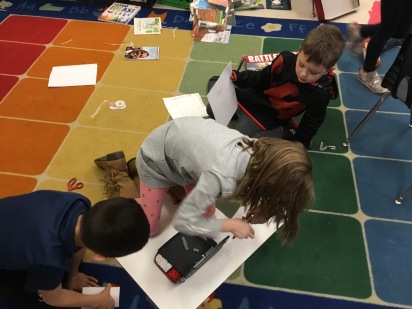
















































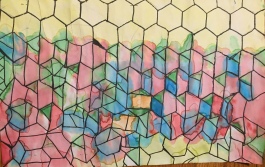

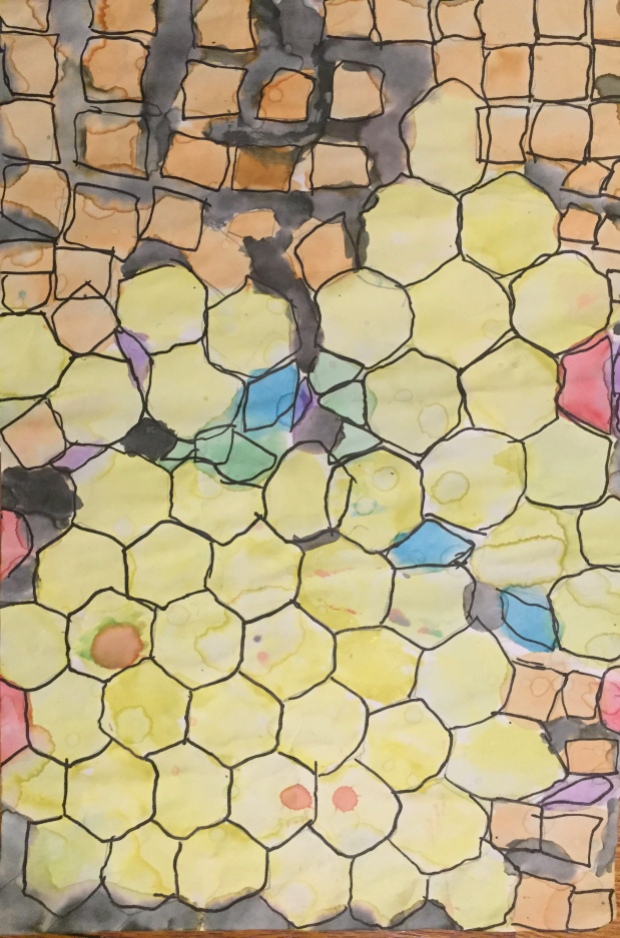








 This is an end-of-year expectation, but we learn about it early and work on it all year in different ways.
This is an end-of-year expectation, but we learn about it early and work on it all year in different ways.


